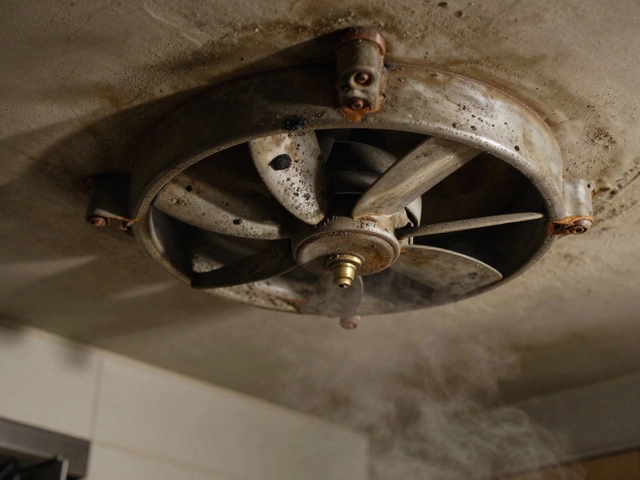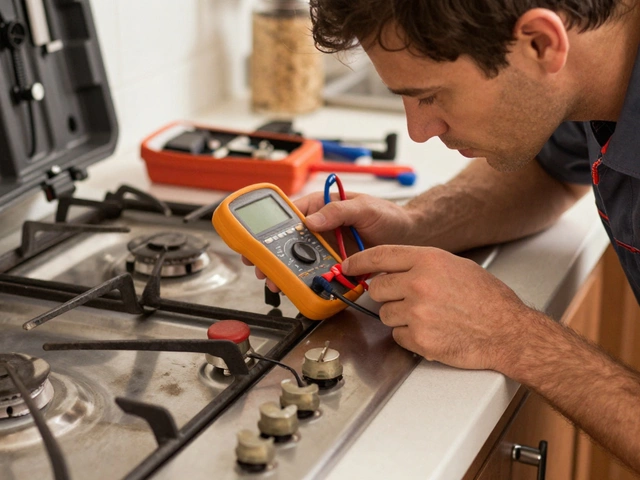Water Temperature: What It Means for Your Home Appliances
When dealing with Water Temperature, the measured degree of hot or cold water circulating in a household. Also known as hot/cold water temp, it directly shapes comfort, safety and the efficiency of every appliance that uses water. A stable water temperature relies on a properly working Water Heater, the device that heats domestic water. Some call it a boiler, but its job is simple: raise cold supply to a set point and keep it there. The Mixing Valve, also known as a thermostatic mixing valve, blends hot water from the heater with cold supply to prevent scalding and ensure a consistent output. Finally, the Thermostat, a temperature controller inside the heater, tells the system when to fire up or shut down. Together these three components form the core of any hot‑water system, and each can cause the temperature to swing if something goes wrong.
Understanding how these parts interact helps you spot why the kitchen tap might be steaming while the bathroom shower stays lukewarm. The heater sets the maximum temperature, the thermostat decides when to heat, and the mixing valve trims the excess. If the thermostat is stuck low, the heater never reaches the target, leaving all outlets cool. A faulty mixing valve can over‑mix, delivering tepid water even when the heater is hot. Plumbing layout also plays a role: long runs of pipe cool the water before it reaches the fixture, and poorly insulated pipes lose heat faster. Appliances such as washing machines, dishwashers and even the fridge’s ice maker depend on a reliable temperature. A dishwasher that skips the sanitise cycle or a washing machine that leaves clothes feeling cold often points back to a temperature issue in the supply line. By checking each element – heater, thermostat, mixing valve, pipe insulation and the appliance’s own temperature sensor – you can narrow down the culprit before calling a technician.
Below you’ll find a curated set of articles that walk through the most common temperature problems, from a kitchen sink that’s hot but a shower that’s not, to DIY checks on your water heater and tips on when a valve replacement saves you a callout. Whether you’re looking for quick fixes, want to understand the science behind hot water, or need to decide if a repair is worth it, the posts cover every angle. Dive in to get the actionable advice you need to keep your water at the right temperature and your appliances running smoothly.
Hot water heaters, while essential for daily comfort, often face recurring issues, with inconsistent water temperature being the most common nuisance. This can be due to a faulty thermostat, sediment buildup, or other factors that are frequently overlooked. By understanding these common problems and how to address them, you can ensure a steady supply of hot water and prolong the life of your water heater. Dive into practical tips and facts that will make dealing with a finicky water heater a breeze.


